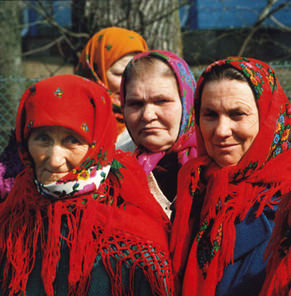Recent publications
Dose Concepts and the Achievability of Protection for the Disposal of Long-Lived Solid Waste According ICRP.
- Details
- Category: Articles
- Published: Wednesday, 20 January 2010 11:34
SUGIER A., SCHNEIDER T.
Workshop Proceedings, Tokyo, Japan, 20-22 January 2009, OECD/NEA, 2010, pp. 101-110.
Summary
The main strength of ICRP is its set up of a unified protection system applicable to all types of exposure situations. However, in the case of radioactive waste disposai, the long timescale to deal with has led ICRP to publish dedicated recommendations (ICRP 81, published in 1999) in order to take such a challenge into account while still using the classical tools of ICRP system of radiologieal protection.
Since then, ICRP has issued new general recommendations, in 2007 (Publication 103), which formally replaced the previous recommendations of 1991 (publication 60) on which ICRP 81 was based.
One of the major features of the new recommendations is the evolution "from the previous process-based protection approach using practices and interventions by moving to a situation-based approach applying the fundamental principles ... of protection to ail controllable exposure situations" in a similar way. The new recommendations also introduce a framework for the selection of source-related protection criteria to be applied according to the different exposure situations.
The present paper deals with the following issues raised by the radioactive waste management community, on the basis of ICRP 81 and of the new orientations provided by ICRP 103:
- Which are the units and the dosimetric concepts to be used in the specific case of waste disposal and notably the health detriment?
- How should the "basic principle, that the individuals and populations in the future should be afforded at least the same level of protection from actions taken today as in current generation" be understood? (ICRP 81 § 40)
- Does the meaning of the word protection change between the active and the passive phases of the management of the waste?
- What are the relevant documents to be considered as references of ICRP position in the area of radioactive waste?
1003 A1078

 CEPN is a non-profit organisation created in 1976 to establish a research and development centre in the fields of optimisation of radiological protection and comparison of health and environmental risks associated with energy systems.
CEPN is a non-profit organisation created in 1976 to establish a research and development centre in the fields of optimisation of radiological protection and comparison of health and environmental risks associated with energy systems.
